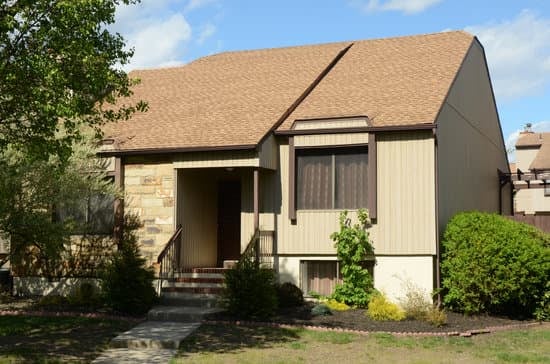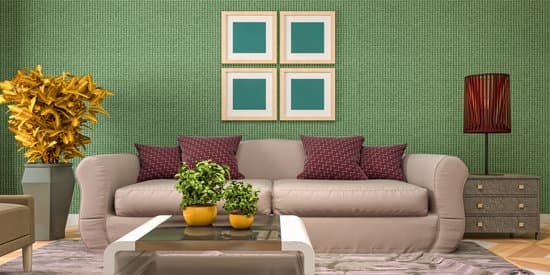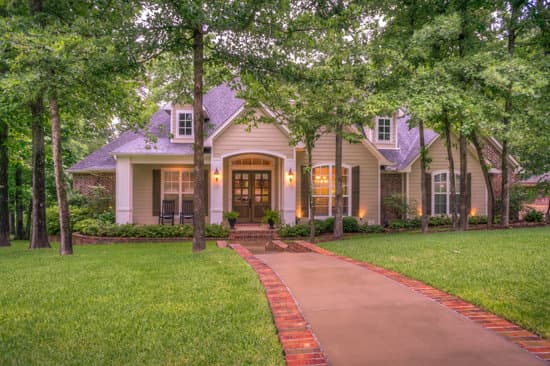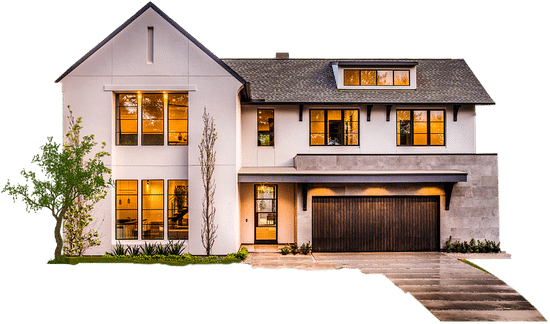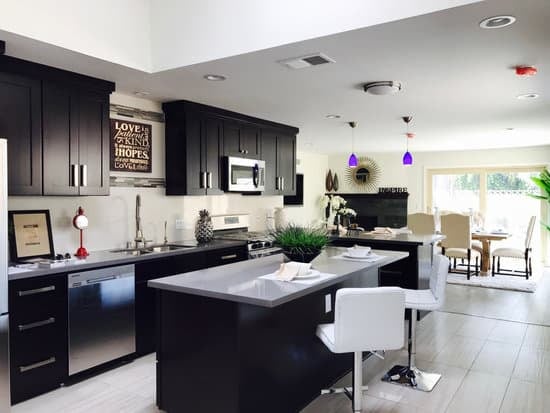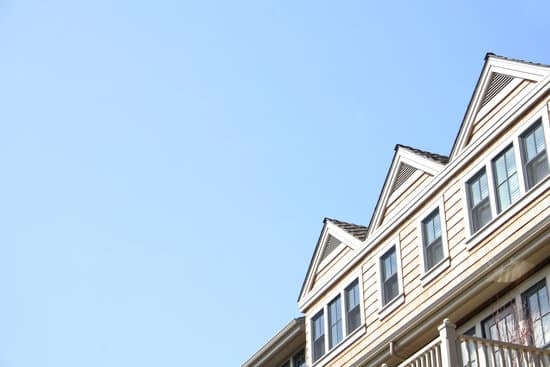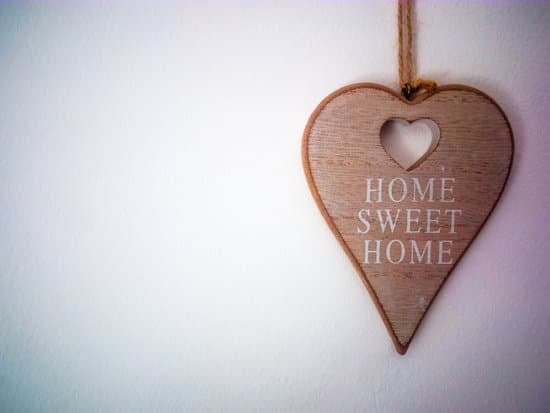The Benefits of Wood Greenhouses
Wood is one of the oldest and most traditional materials used to construct greenhouses. Part of its charm is the natural look and feel it adds to the garden. Wood greenhouses are also highly durable, able to withstand harsh weather conditions and extreme temperatures. They provide an excellent barrier against the outside elements, making them suitable for growing a wide variety of plants throughout the year. One of the most significant benefits of wood greenhouses is their high thermal efficiency. Wood is an excellent insulator and can help to retain heat more effectively than other materials such as aluminum. This means that less energy is needed to maintain a stable internal temperature, potentially leading to lower heating costs. Additionally, wood is an eco-friendly material as it is renewable and biodegradable – making it an attractive option for the environmentally conscious gardener. Another key benefit of wood greenhouses is the level of customization they offer. Wood is a highly versatile material that can be easily cut and shaped to create bespoke greenhouse designs tailored to specific garden requirements. This means that gardeners can create a unique and personal space to grow plants that cater to their needs.Challenges of Aluminum Greenhouses in Cold and Dry Climates
While aluminum greenhouses are a popular choice among gardeners, they can be challenging to maintain in cold and dry climates. In these environments, ice can form within the framework, causing damage to the structure and making heating costs more expensive. Additionally, aluminum is known to be a poor insulator, which means that it does not retain heat as effectively as other materials such as wood. This can lead to higher heating costs and a less energy-efficient greenhouse. Another issue with aluminum greenhouses is their susceptibility to corrosion over time. Exposure to the elements can cause the aluminum to degrade or rust, lowering the structural integrity of the greenhouse and reducing its lifespan.Energy Efficiency of Wood versus Aluminum Greenhouses
Wood is an incredibly energy-efficient material for constructing greenhouses. Studies have shown that wood is up to 13 times more energy-effective than aluminum in terms of heat retention. This means that less energy is needed to maintain a stable internal temperature, leading to lower heating costs and a more sustainable greenhouse. Greenhouses constructed from wood also have a lower embodied energy compared to ones made from aluminum. Embodied energy is the total energy required to manufacture, transport, and install building materials. Due to its low processing requirements, wood has a significantly lower embodied energy than aluminum. This means that wood is a more sustainable and eco-friendly material choice.How Greenhouse Material Affects Heating Costs
Greenhouse material is a crucial factor in determining the heating costs of a greenhouse. As previously mentioned, wood is an excellent insulator and retains heat more effectively than aluminum. This means that less energy is required to maintain a stable internal temperature, leading to lower heating costs. In contrast, aluminum is known to be a poor insulator, making it less energy efficient and potentially leading to higher heating costs. Other factors to consider include the size and design of the greenhouse, as well as its location and the plants being grown. All of these elements can impact the heating requirements and costs of a greenhouse.Pros and Cons of Choosing Wood Greenhouses
Choosing a wood greenhouse has numerous pros and cons that are worth considering before making a final decision. Pros:- Highly energy efficient
- Durable and long-lasting
- Eco-friendly and sustainable
- Can be easily customized
- Provides a natural and organic look and feel
- Requires regular maintenance such as painting and staining
- May be more expensive than other materials
- Can be susceptible to pests and fungi






